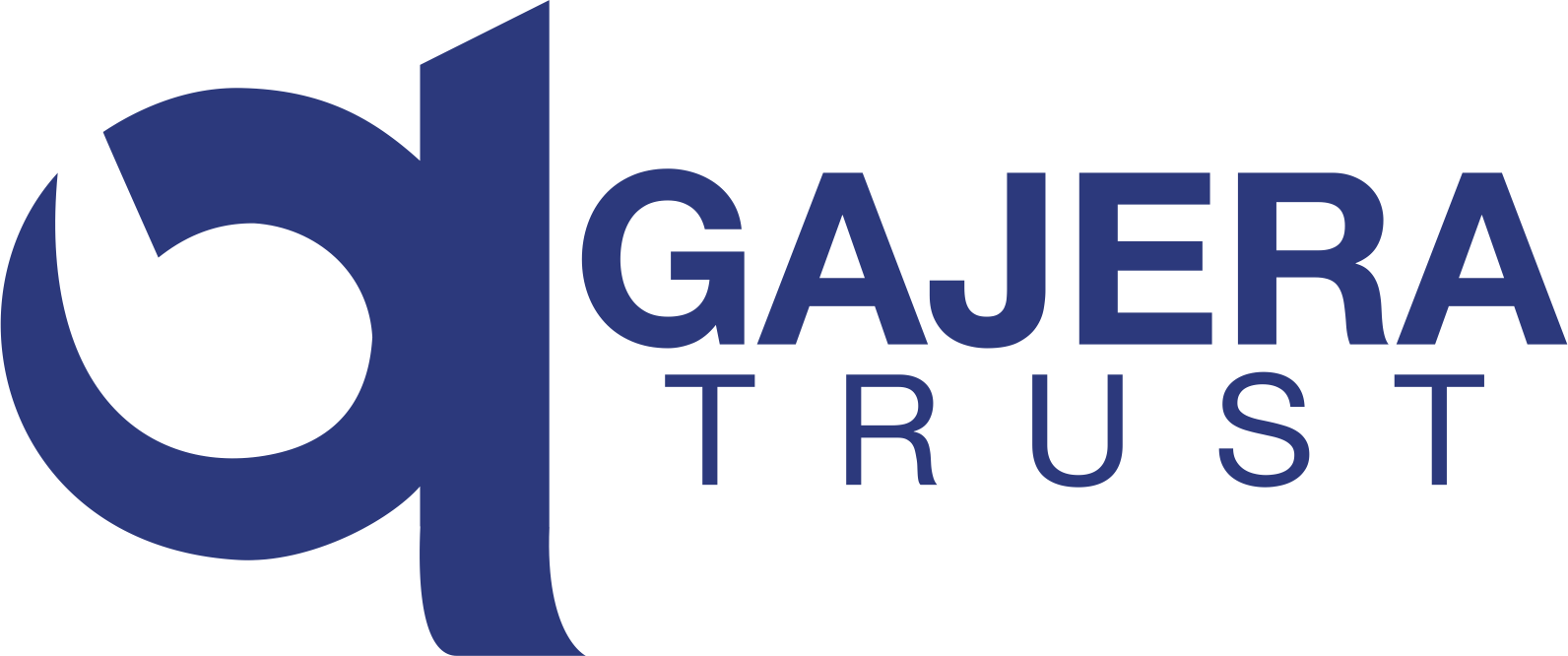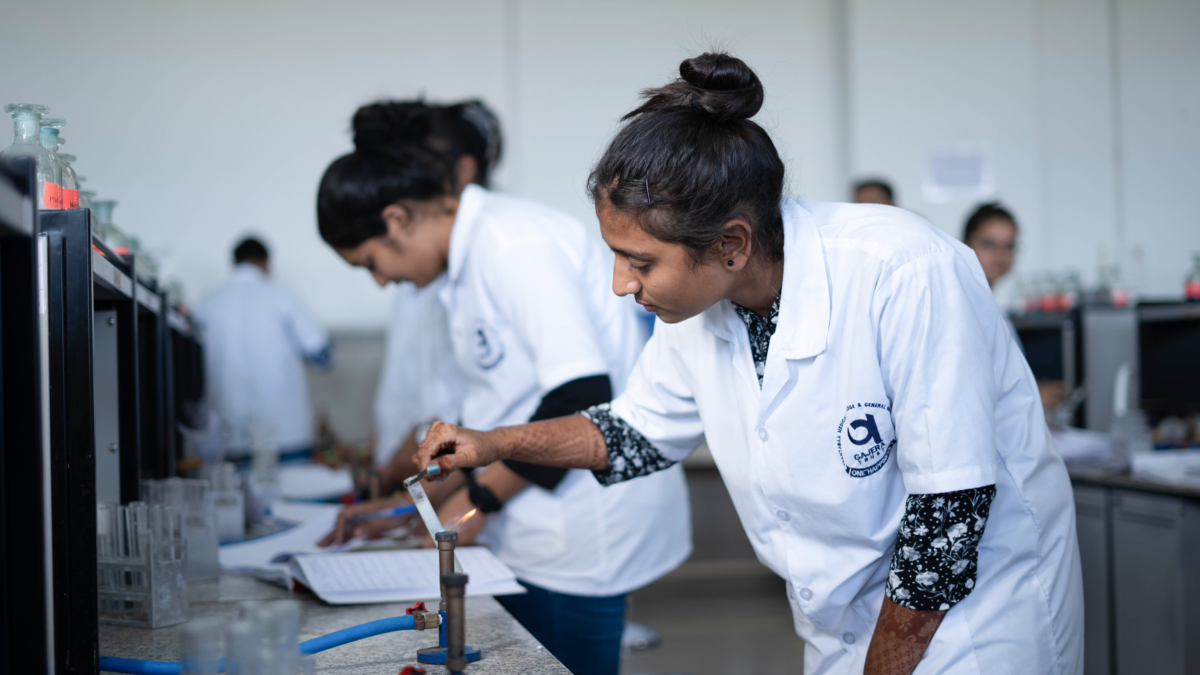- Have any questions?
- (+91) 02792 230240
- info@smcgh.edu.in

Relieve & Rebuild
September 3, 2022
Chronic pain and pain release management techniques
September 21, 2022Clinical Rotation in the medical field: Where medicine truly comes alive
Medical students are at the core of the healthcare system. They are the future, and the system
relies on them. Their understanding of each subject in every aspect is very important for their
further endeavours and the training provided to the students at the college level plays a major
role in preparing them for real-life practice.
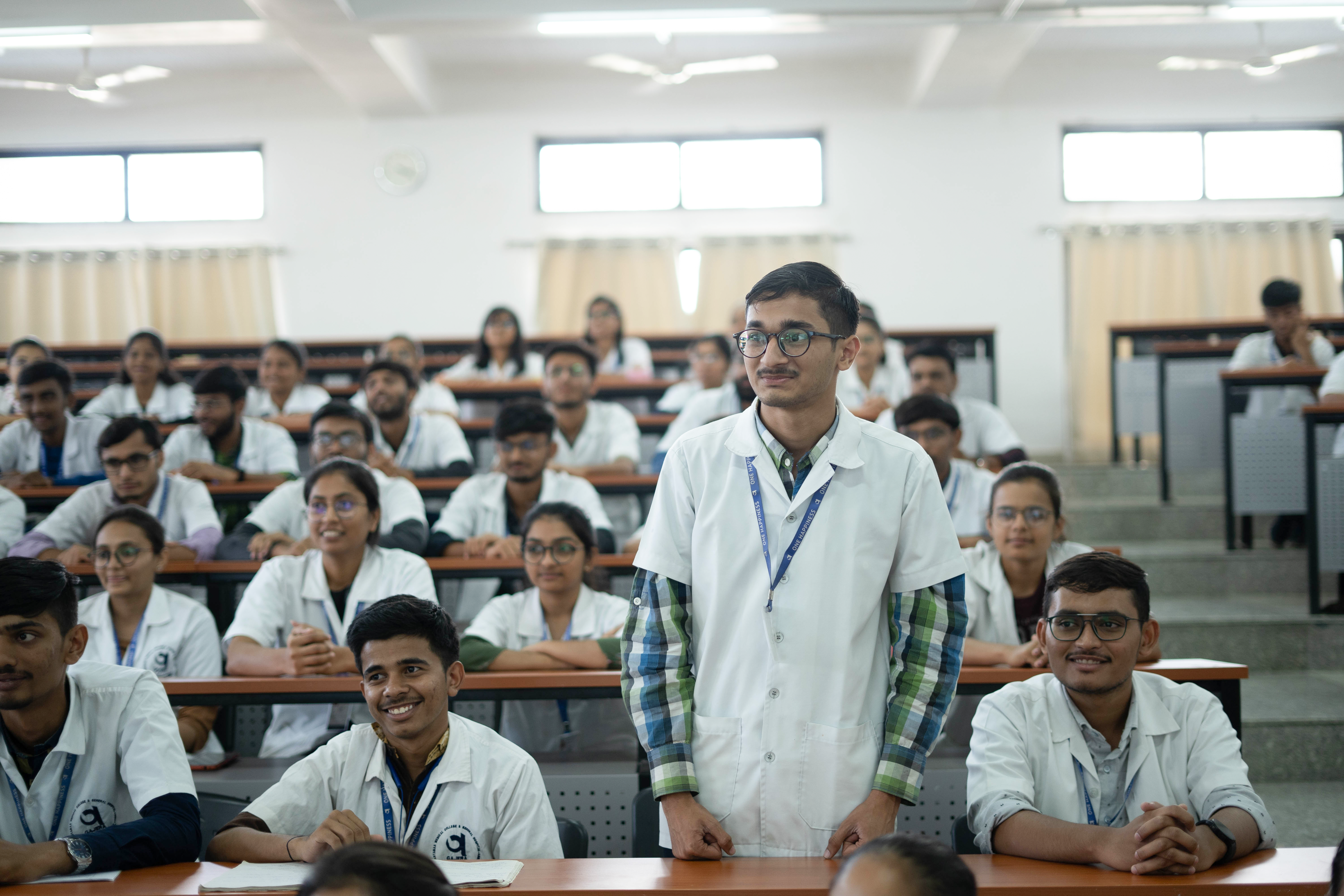
Medical Training is usually divided into two parts: pre-clinical and clinical. In a four-year curriculum, the first two years are usually dedicated to pre-clinical training and the latter two to clinical training.
The pre-clinical phase
consists of a more theoretical phase, where students learn about basic medical concepts, the structure and functions of the body, diseases, diagnoses, and treatment concepts. This is the stage where the students store all of the important information in their brains.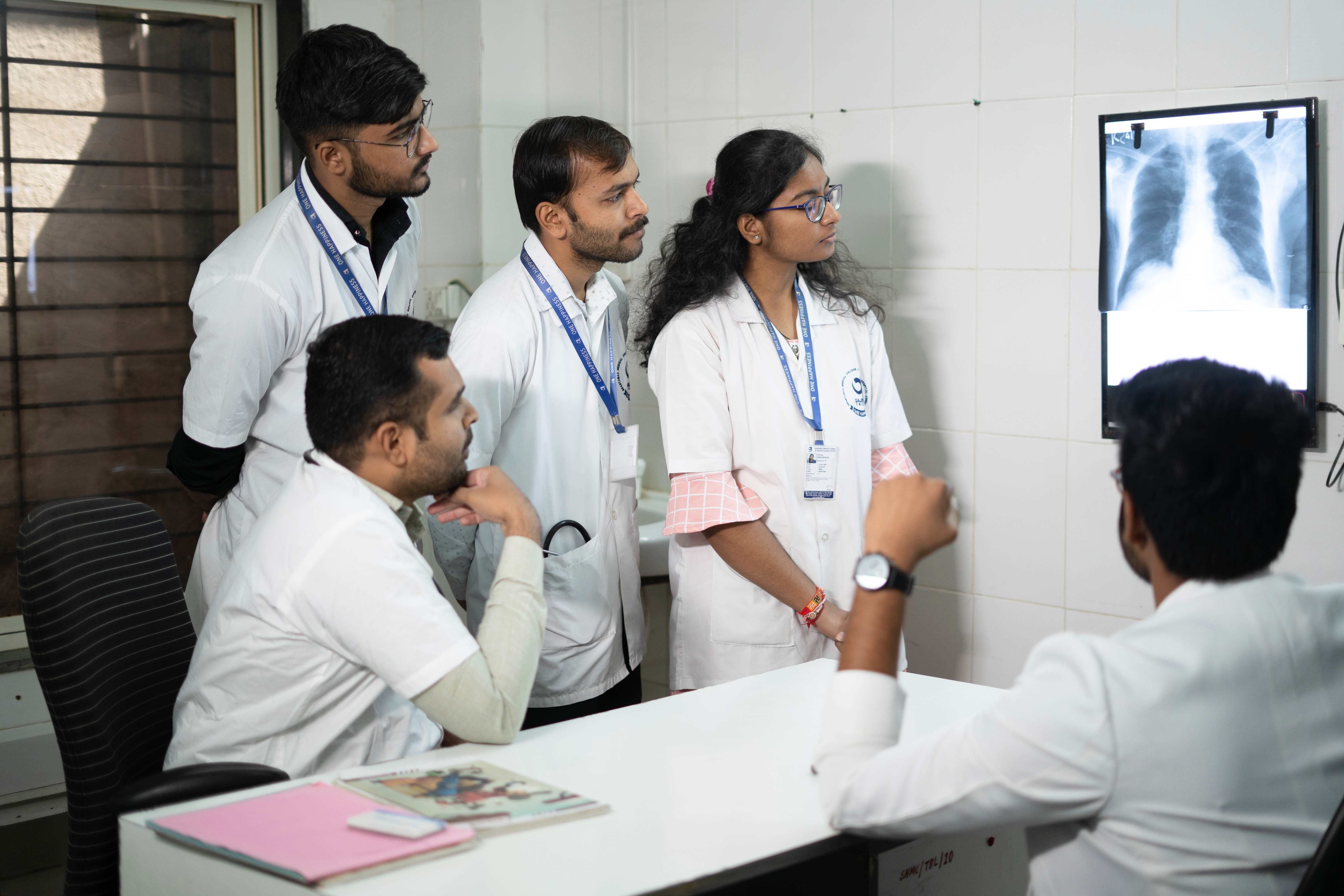
The clinical phase
is where the transition from theory to practical happens. It involves clinical rotations, where students get hands-on experience with patients under the professionals. Let's understand this in further detail.Clinical Rotation: From Medical student to Doctor
Clinical rotation, also known as clerkship, is a practice of training medical aspirants in genuine scenarios under the guidance and supervision of experienced health professionals and practitioners during their medical program.
This is the phase where future doctors lay the foundation for successful medical careers. When the students handle a situation in a safe space with a medical team, it gives them confidence and competency by the end of it. The students get to experience the life of a doctor before they become one, the only difference is that they are doing it under the guidance where their every step and action is thoroughly examined.
How does Clinical Rotation work?
Students get to visit hospitals or clinics and deal directly with patients by rendering treatments and medical care under the professional. Each student is assigned shifts at health care sites in different departments where they work as an individual or as a team. Tasks such as patient interviews, examinations, lab data reviews, and team discussions are common practices. Each clerkship lasts for several weeks before the student is rotated to another department or facility. At the end of each rotation, their performance is evaluated by the supervisor. Certain standards need to be passed before advancing to another rotation.
How do Clinical Rotations help medical aspirants?
-- Clinical rotations help students to adapt to the life of a doctor. Helps them transition from books and laboratories to patients and practical healthcare.
-- In class, students are in a protective environment if and when anything goes wrong. They can look up to their supervisors and ask for suggestions and guidance whenever they are stuck or confused. Which they might not have the luxury of in the future when they start working independently.
-- Students get to learn from the experts and professionals of different fields and departments. They can observe their superiors and learn how critical situations and emergencies are handled.
-- By being in a practical scenario, working in different departments with various types of professionals, students get exposure and clarity about what specialization or department they would like to pursue in the future.
-- Clinical rotations mentally prepare students at the grassroots level for what they will be facing in the future.
-- In class, students are in a protective environment if and when anything goes wrong. They can look up to their supervisors and ask for suggestions and guidance whenever they are stuck or confused. Which they might not have the luxury of in the future when they start working independently.
-- Students get to learn from the experts and professionals of different fields and departments. They can observe their superiors and learn how critical situations and emergencies are handled.
-- By being in a practical scenario, working in different departments with various types of professionals, students get exposure and clarity about what specialization or department they would like to pursue in the future.
-- Clinical rotations mentally prepare students at the grassroots level for what they will be facing in the future.
At Shantabaa Medical College And General Hospital (SMCGH), an enormous amount of importance is given to practical training and therefore to clinical rotation, since it plays such a major ole in any doctor’s career. Here, training and supervision are provided in different departments and fields for three years.
First year:
Skill lab training is provided in the field of Anatomy, Physiology, and Biochemistry, which are all pre-clinical departments. This provides medical students with the necessary basic skills for later clinical activity by the means of models and phantoms.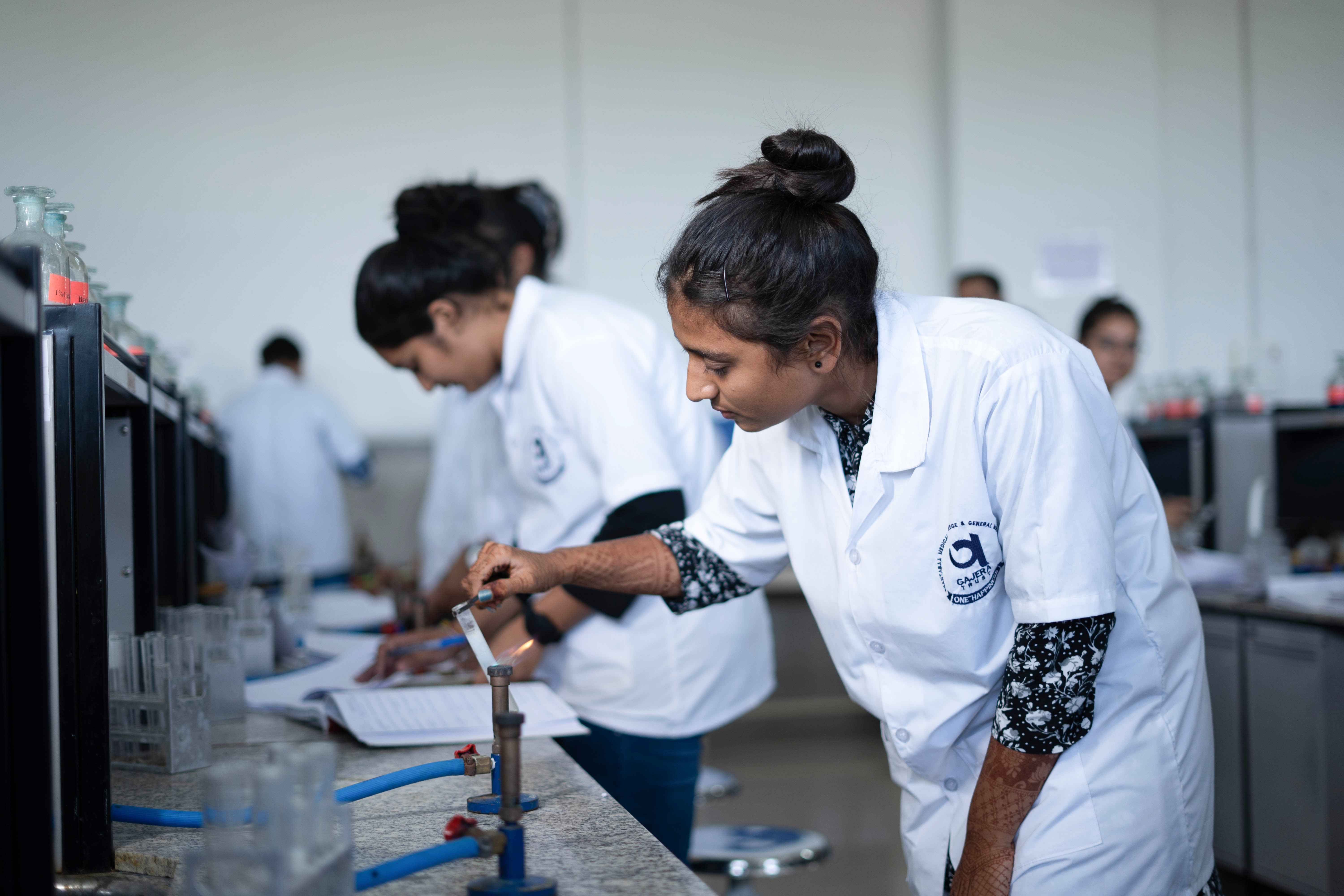
Second year:
The paraclinical departments are explored in the second year of skill training. Which includes Pharmacology, Pathology, and Microbiology.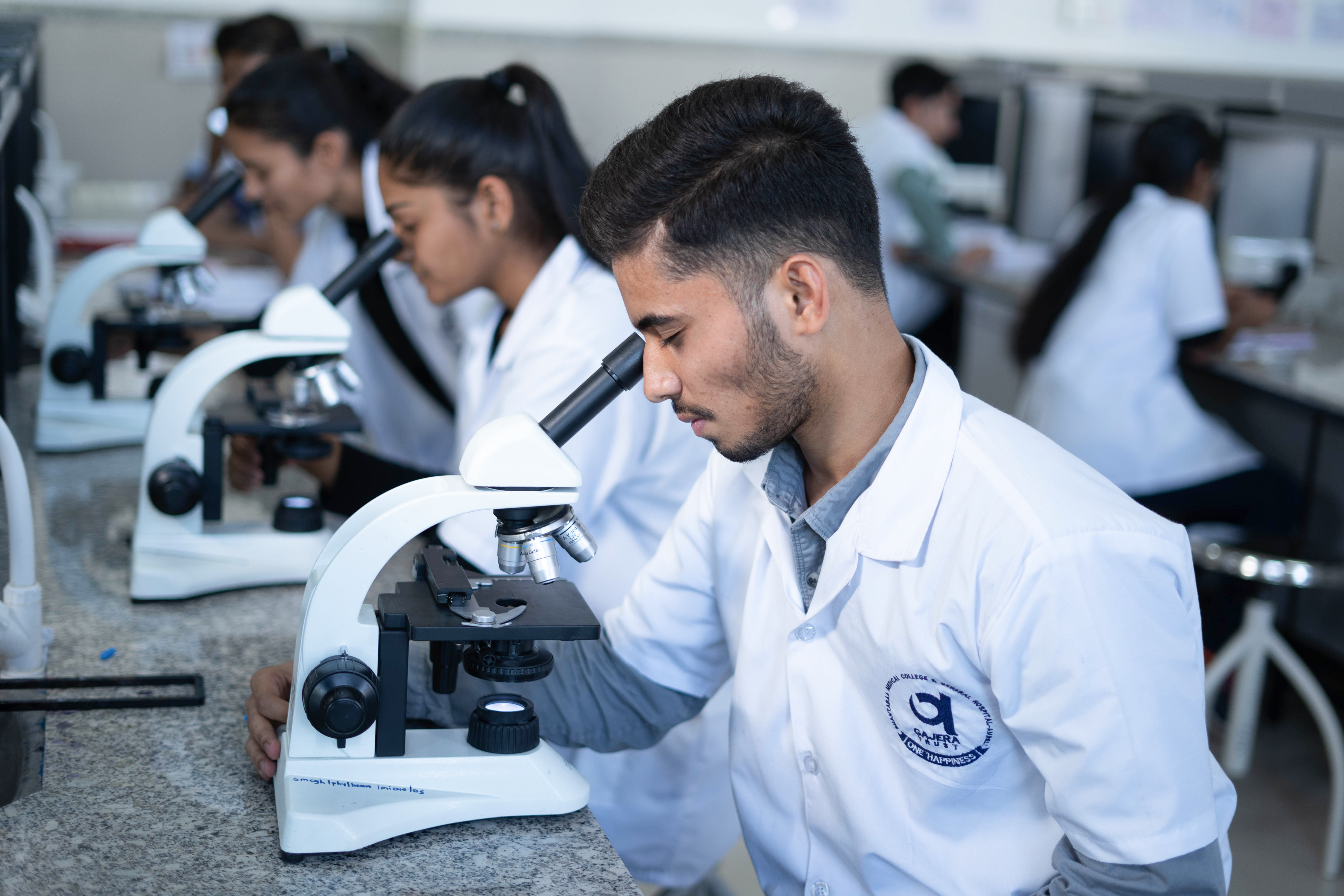
Clinical posting and training also start this year in various departments like medicine, obstetrics and gynaecology, general surgery, orthopaedics, ENT, psychiatric, ophthalmology, dermatology, and PSM.
The third year:
Clinical posting in clinical subjects like forensic medicine and PSM starts this year.Clinical rotations and evaluations are regularly conducted. All of this takes place under the expert supervision of professionals at the hospital Where the aspirants are closely monitored and evaluated.The central motto of SMCGH is to train and shape competent, compassionate, and caring physicians through excellence in teaching, patient care, and medical research. All of these are provided at an affordable cost while maintaining the standards, ethics, and morale. The overall growth of a student as a professional is taken into account during training at SMCGH. It includes practicals at laboratories, medical research, and ground-level training.
Clinical rotation makes a student familiar with duties at every level. May it be a nurse, caretaker,or treatment provider, every role is played during the training to make them competent and compassionate towards everyone who works at all levels of the system. Shantabaa Medical College and General Hospital provides medical health care to the needy in rural areas at a very affordable cost. So they train their students in a manner where human feelings like care, empathy, and compassion towards the needy are always taken into consideration while providing treatment. This society needs aspirants and doctors who are sensitive and kind apart from being professionally efficient. And not all doctors are born that way, many are trained to be, with clinical rotations and training. Where you go to college is usually considered extremely important but the magnitude of it escalates in the medical field. To find out more about the courses and training at Shantabaa Medical College and General Hospital you can contact us here.
